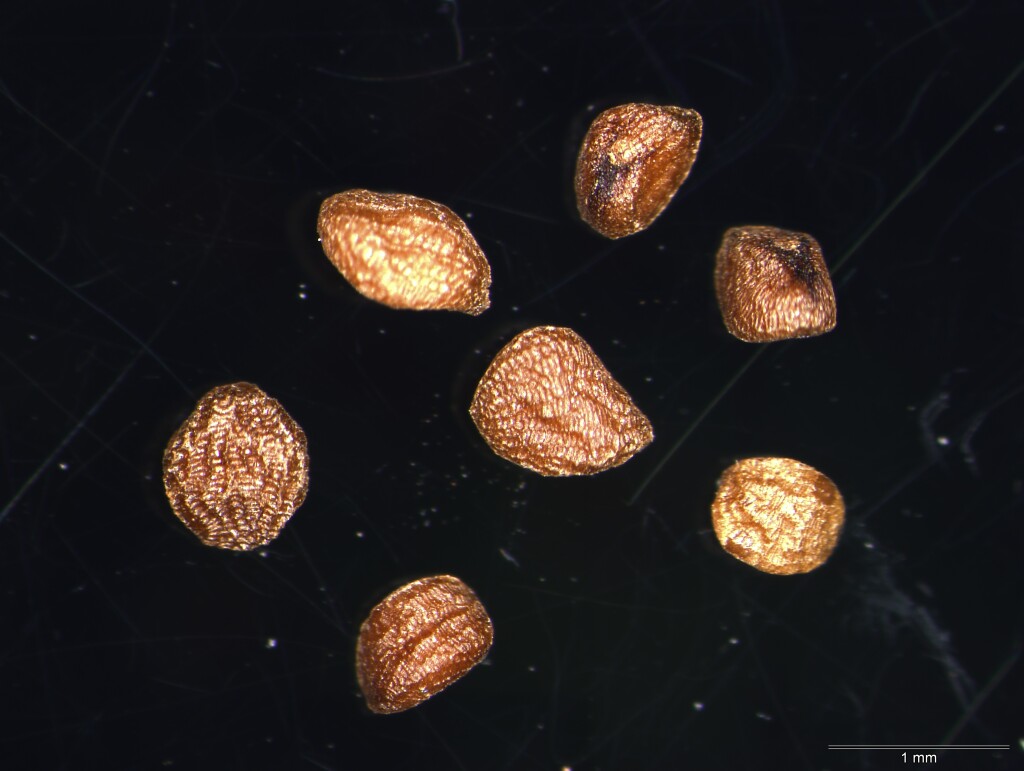Eucalyptus polybractea
R.T.Baker Blue MalleeMallee to 8 m tall; bark rough, grey on lower part of stems. Juvenile leaves petiolate, opposite for few pairs then alternate, linear then narrowly lanceolate, to 10 cm long, 1.5 cm wide, dull, grey to blue-green; adult leaves petiolate, alternate, narrowly lanceolate, 6–10 cm long, 0.5–1.5 cm wide, concolorous, dull, grey to bluish-green; side veins very acute; reticulation sparse or obscured by numerous, large, irregular, island oil glands. Inflorescences axillary, unbranched; peduncles to 1.2 cm long, 7–11-flowered; buds glaucous, pedicellate, clavate or diamond-shaped, to 0.7 cm long, 0.4 cm diam., no scar; operculum conical; stamens irregularly flexed; anthers adnate, globoid; ovules in 4 vertical rows; flowers white. Fruit pedicellate, cupular, to 0.6 cm long, 0.5 cm diam.; disc descending; valves 3 or 4(5), below rim; seed brown, irregularly ovoid and slightly flattened, surface shallowly reticulate, hilum ventral. Flowers autumn–winter.
LoM, MuM, Wim, VRiv, RobP, Gold. 2 subspecies in Victoria.
The principal mallee species used for eucalyptus oil production in central-northern Victoria and at West Wyalong in New South Wales. The bluish leaves contrast with those of co-occuring E. viridis.
Brooker, M.I.H.; Slee, A.V. (1996). Eucalyptus. In: Walsh, N.G.; Entwisle, T.J., Flora of Victoria Vol. 3, Dicotyledons Winteraceae to Myrtaceae, pp. 946–1009. Inkata Press, Melbourne.
 Spinning
Spinning


